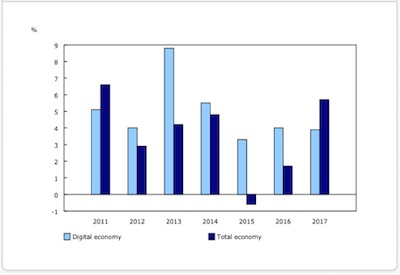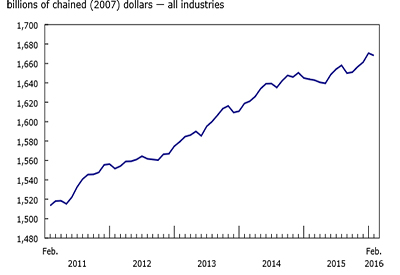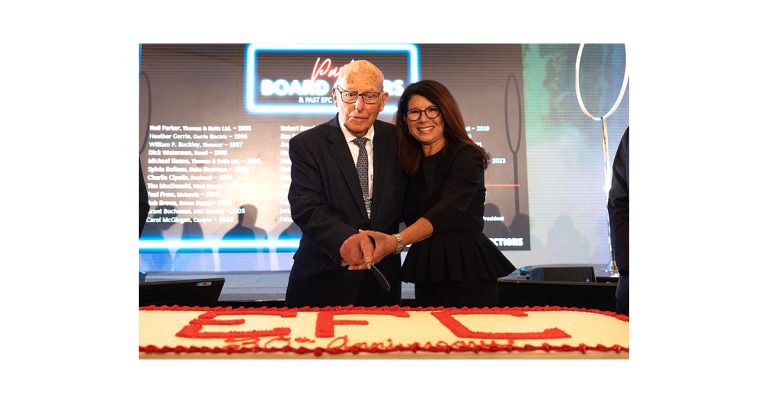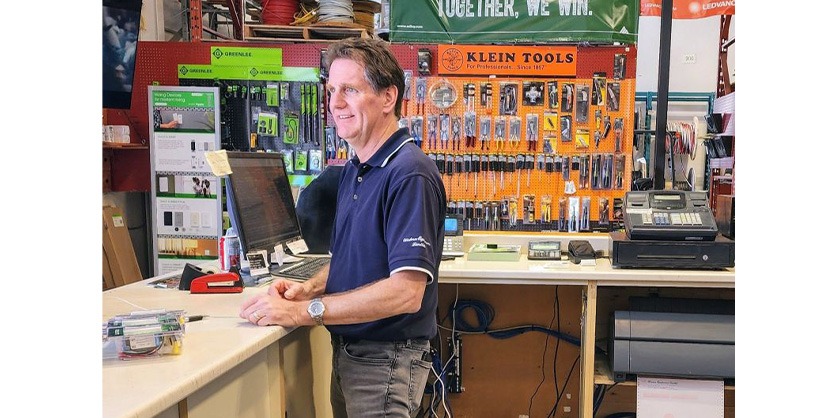One Good Idea

Back in the ’50s, after the Second World War, the economy was re-building; industries were growing fast, as were families and personal incomes. After the war, the growth spurred a need for workers. The ’50s built a strong middle class that was buying up everything — and business was booming because of it.
During that time, wholesalers were thriving as well. It became a common phrase for thrifty buyers to say, “Why buy retail when you can get it wholesale?” Everyone loved showing off their new stuff and bragging about the fact they got it at a wholesale price. Wholesalers were opening up all kinds of specialty stores and offering deep discounts over traditional department stores that tried to sell a little bit of everything to everyone.
Typically, the department store would sell products at a 40% mark-up. With 40%, they need to turn over their inventory on average three times a year to make money and offset their investment. When you multiply the average number of turns times the average mark-up on products, you should get the magic number of 120 for the year. If you get that number… you can make money.
The secret to wholesalers is they came up with a new ratio to get to the 120. Because they specialized in a certain area, they could get more turnover of their products. They found that if they lowered the price and offered a narrower line of goods, they could get twice the turnover from traditional retailers. Six turnovers a year allowed them to mark-up products by only 20%. Six times 20 gave them the 120 they needed. People flocked to wholesalers.
Retail was in trouble. How could they keep their customers and compete with wholesalers who had great advantage with higher turnover and lower prices?
They came up with one good idea, which was all they needed for retail to blossom for the next 60 years. That idea was the loss leader. Starting with lots of advertising on the loss leader price, in store specials, they started to transform the way customers thought of their company. From there, they quickly built up a sophisticated compilation of 40 to 50 items throughout the store that they knew their customers were using as price indicators. A perfect example is a homeowner looking to finish his/her basement; they will look at the price of drywall to determine where to buy a product and the tolls required for the entire renovation.
Years ago, I remember thinking Wal-Mart was the cheapest place to by everything. I was at Wal-Mart, walking through their garden centre looking for wooden half barrel that my wife had wanted for the garden. The price was $38, but it wasn’t in stock. So, I ended up at a small local garden centre where I saw the same half barrel. I can remember thinking it would be interesting to see how much more the small garden centre was charging over Wal-Mart. To my surprise, the price was $22. At first, it didn’t make any sense! They must not have priced the item right. Then it occurred to me that if Wal-Mart has loss leaders to get you into the store, they have to have higher mark-ups to recover the money. Of course, if they reduce the price on one item, then they have to increase it on another. (Stores still have to make the ratio 6×20, or 3×40, or 12×10, etc.)
Since the inception of loss leaders, the retail business has advanced with its offerings. Computers and online systems have allowed for more sophistication on pricing. Further analysis of sales data allows retailers to take it to an even higher level.
In many ways online shopping will challenge this practice and allow more comparison. The truth is, as long as customers compare pricing one item at a time, all that retailers may have to do is move the practice over to the Web.
In this changing world of online shopping, do distributors have one good idea? What is your company’s one good idea, and can you move the practice onto the Web?
Rick McCarten is VP, Electrical Council, Electro-Federation Canada.











